Our essential list of museums in Gurgaon, For the full Gurgaon experience, be sure to include these museums in your travel itinerary.
• MUSEO VINTAGE CAMERA MUSEUM
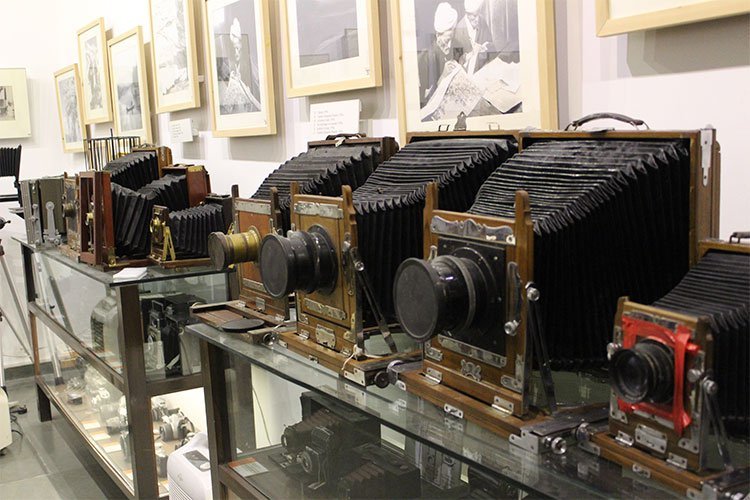
Celebrating photography and willingness to create history, veteran photographer Aditya Arya converted the basement of his Gurgaon residence into a museum of vintage cameras. With Over 1000 cameras, the collection surely deserves a visit.
An integral part of the museum is the collection of 20,000 original silver prints chronicling India’s freedom movement, which is a legacy of a freelance photographer Kulwant Roy. Out of the lot 227 images are now of the national collection.
PS: Visit the museum is by appointment only, so call 082878 14216 for an appointment..
Where: Shri Ganesh Mandir Marg, DLF Phase IV, Sector 28, Gurugram
Timings: 11 am- 5 pm Monday to Saturday. (By appointments only)
Entry: Free, but donations are recommended.
Follow them on Facebook
• Heritage Transport Museum
Visit Heritage Transport Museum and Experience something different, spend time with your family at this unique, one-of-a-kind historic institution with an artistic blend. To evolve a multi-experiential facility that explores the historicity of transportation with an emphasis on the Indian context, and become a resource centre for transport development.
Contact No. +91 11 2371 8100
Location: Bilaspur – Taoru Road (Major District Road 132) Off NH 8 (Bilaspur Chowk), Taoru, Gurgaon (Haryana) 122105
• Sanskriti Museum
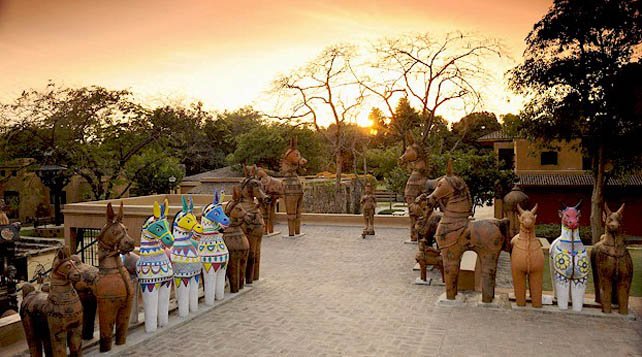
Spread over five acres, Sanskriti Museum is a must-visit a place with lush greenery and peace as you unearth the history of Indian art and culture.
• Museum of Indian Terracotta
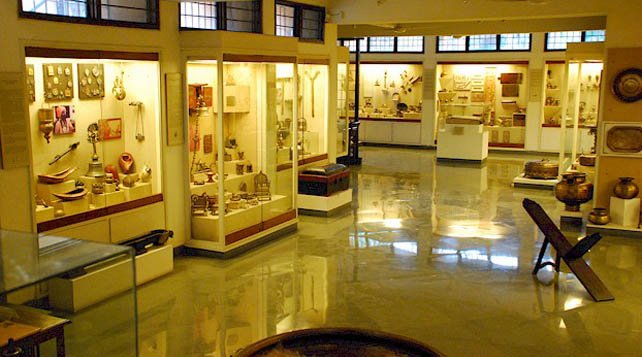
Terracotta, a functional art, is the first creative expression of civilization. From the common earthen pot that stores drinking water to the giant-sized cultic equestrian figures of the rural Tamil deities of the Aiyyanar cult, terracotta art occupies a central position in Indian life and culture. It would be a long search for a village or locality in India where a potter is not to be found. In the world of Indian terracotta, we find the shared expression of an entire community. Terracotta art bears testimony to the varied and ancient traditions of its practice in India over five millennia. Having always had their existence outside the rigid rules of the Shilpa Shastras or the constituted Hindu canons governing artistic expression, terracotta art enjoys enormous freedom in terms of imagination and conception.
• Museum of Everyday Art

This Museum was established in 1984 to create an environment for the preservation of India’s heritage, and to showcase objects that demonstrate excellence in craftsmanship and conceptual innovation, be it in design or functionality.
Objects of everyday life connected with the manners and customs, beliefs and practices of the urban and rural populations of India are displayed in the Sanskriti Museum of Everyday Art. Creativity and culture permeate every aspect of Indian life. The practical and innovative objects on display exemplify the exuberant imagination and aesthetic creativity of craftspeople from all over India. Covering objects used throughout the cycle of life-from childhood to old age-the collection begins with objects from the child’s world into that of the student and young adult proceeds into that of the settled householder and then moves towards the grand finale of life when spiritual pursuits traditionally take over.
• Sanskriti Museum of Indian Textile
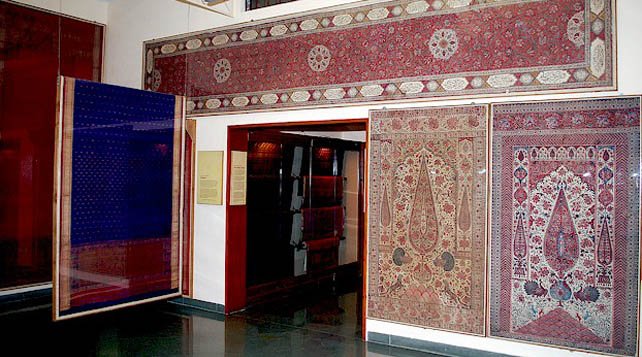
The genesis of the Sanskriti Museum of Indian Textiles is rooted in what started as a small private collection built over the last three decades by Shri O.P. Jain, the founder president of Sanskriti Pratishthan. Prof. Jyotindra Jain then joined him in conceptualizing and curating the exhibits in the Museum galleries. The unique feature of this collection is that it stems from one individual’s aesthetic and cultural vision, which makes it a harmonious, unified whole.
As the collection grew, the idea of turning it into a museum began to develop. There are several museums and collections of Indian textiles in India and abroad which may be more comprehensive and of greater historical value. The Sanskriti Museum of Indian Textiles does not compete with these but endeavours to complement them.
The Sanskriti Museum of Indian Textiles was inaugurated on January 4, 2009, by the Hon. Chief Minister of Delhi Mrs Sheila Dikshit.
The Museum intends to serve as a resource for the study of Indian textile traditions. It moves away from the ‘masterpiece’ culture as much as from creating an exhaustive inventory of textile genres, as is often the case with many museums of the kind. Its objective is to display representative examples of selected traditions of Indian textiles and to create a pool of information around these that will eventually serve as an academic resource for study and research.
Where: Sanskriti Kendra / Sanskriti Museums, Anandagram, Mehrauli–Gurgaon Road
When To Visit: Tuesday to Sunday, 10.30 am to 5 pm
Entry: Free



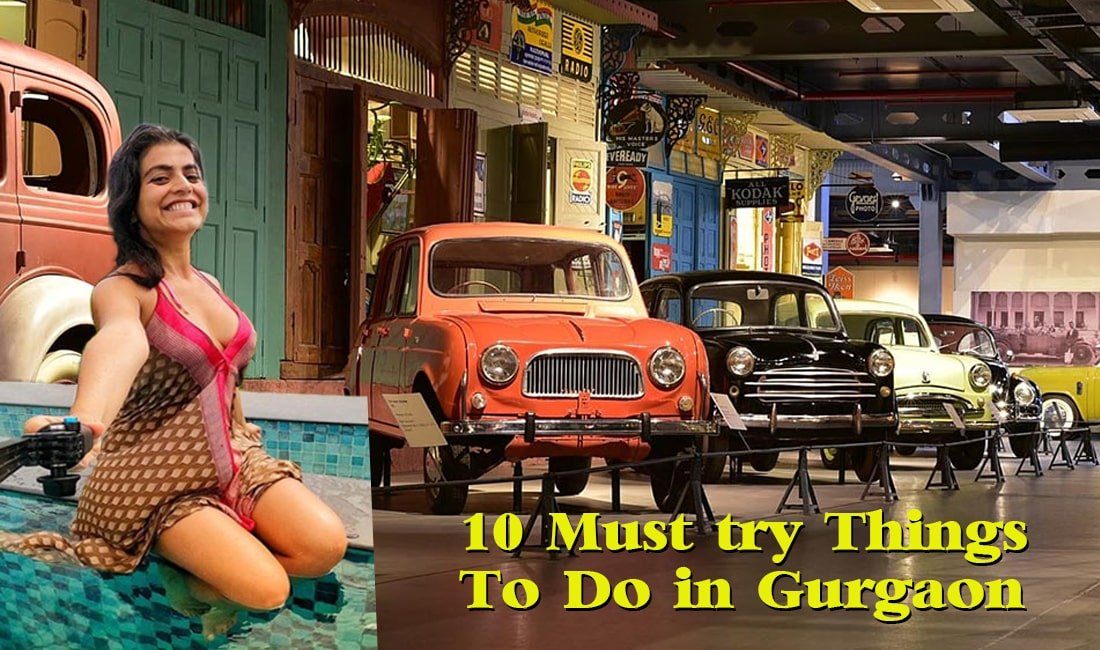
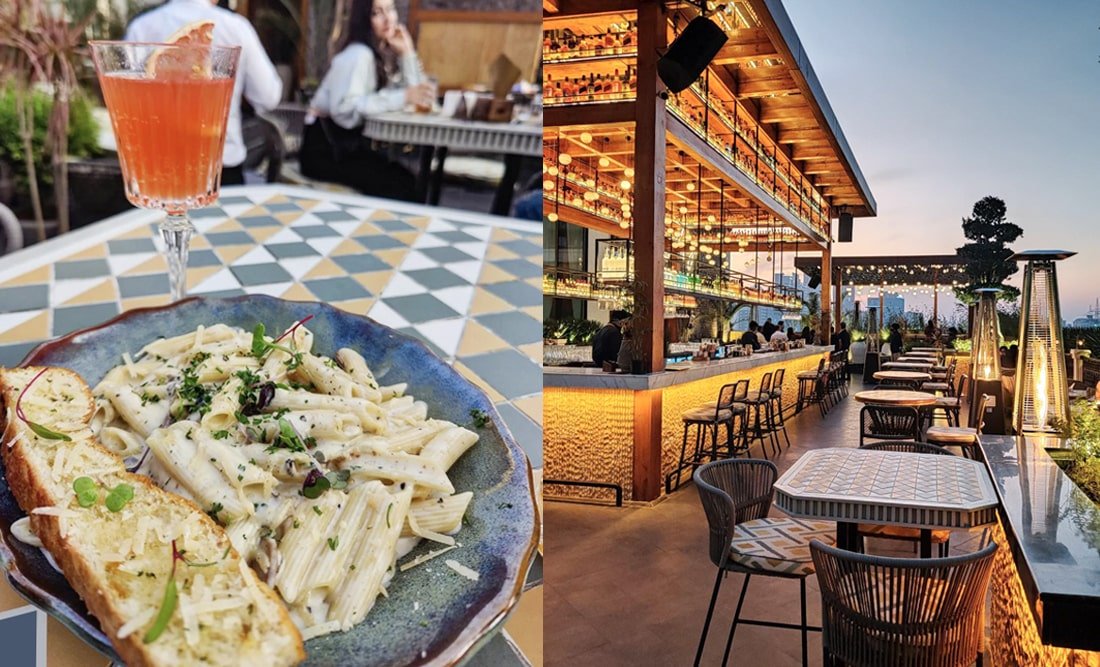


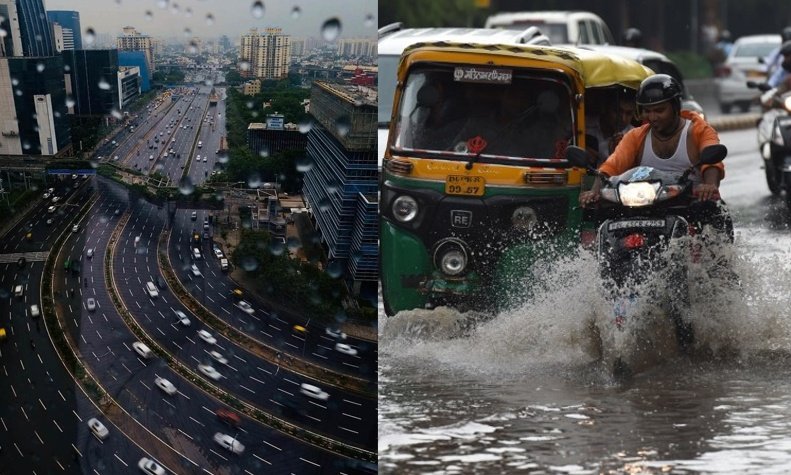
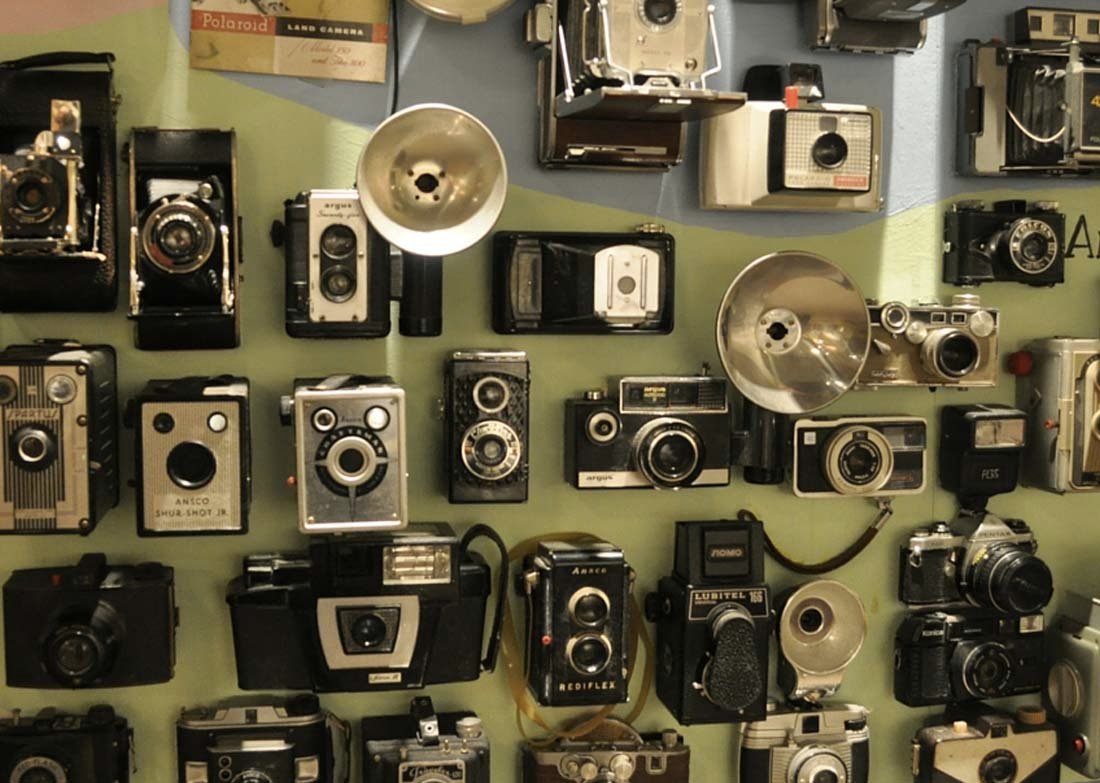



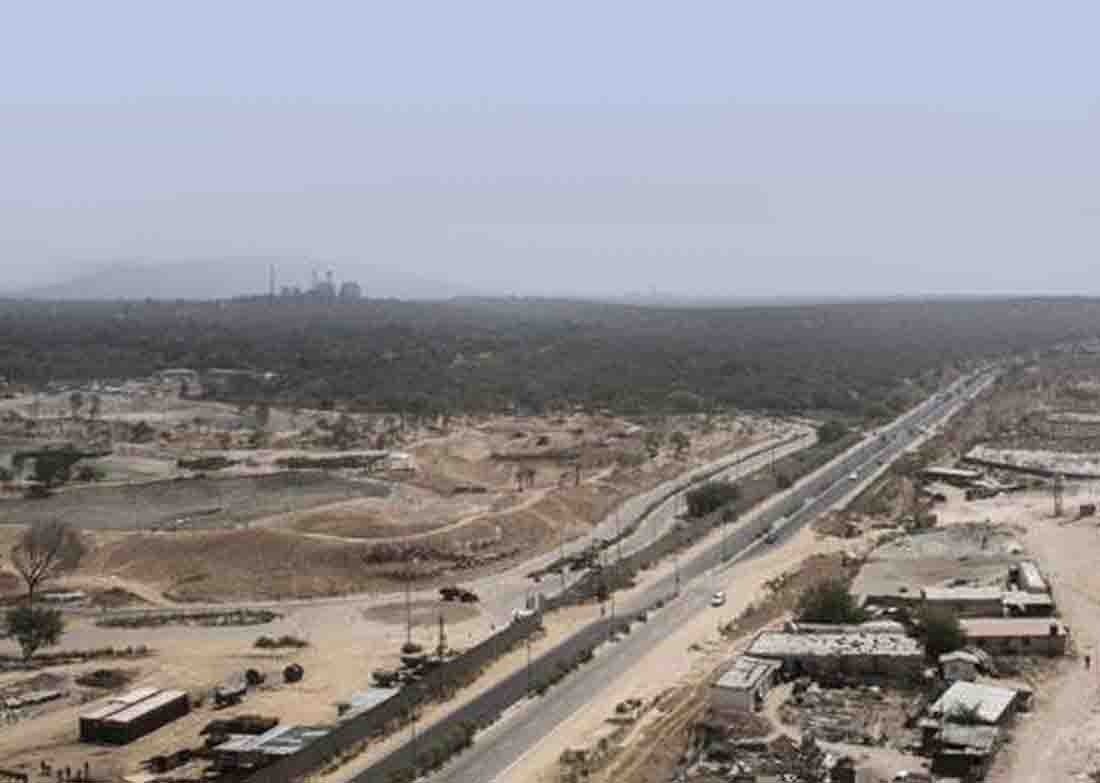



Leave a Reply
You must be logged in to post a comment.